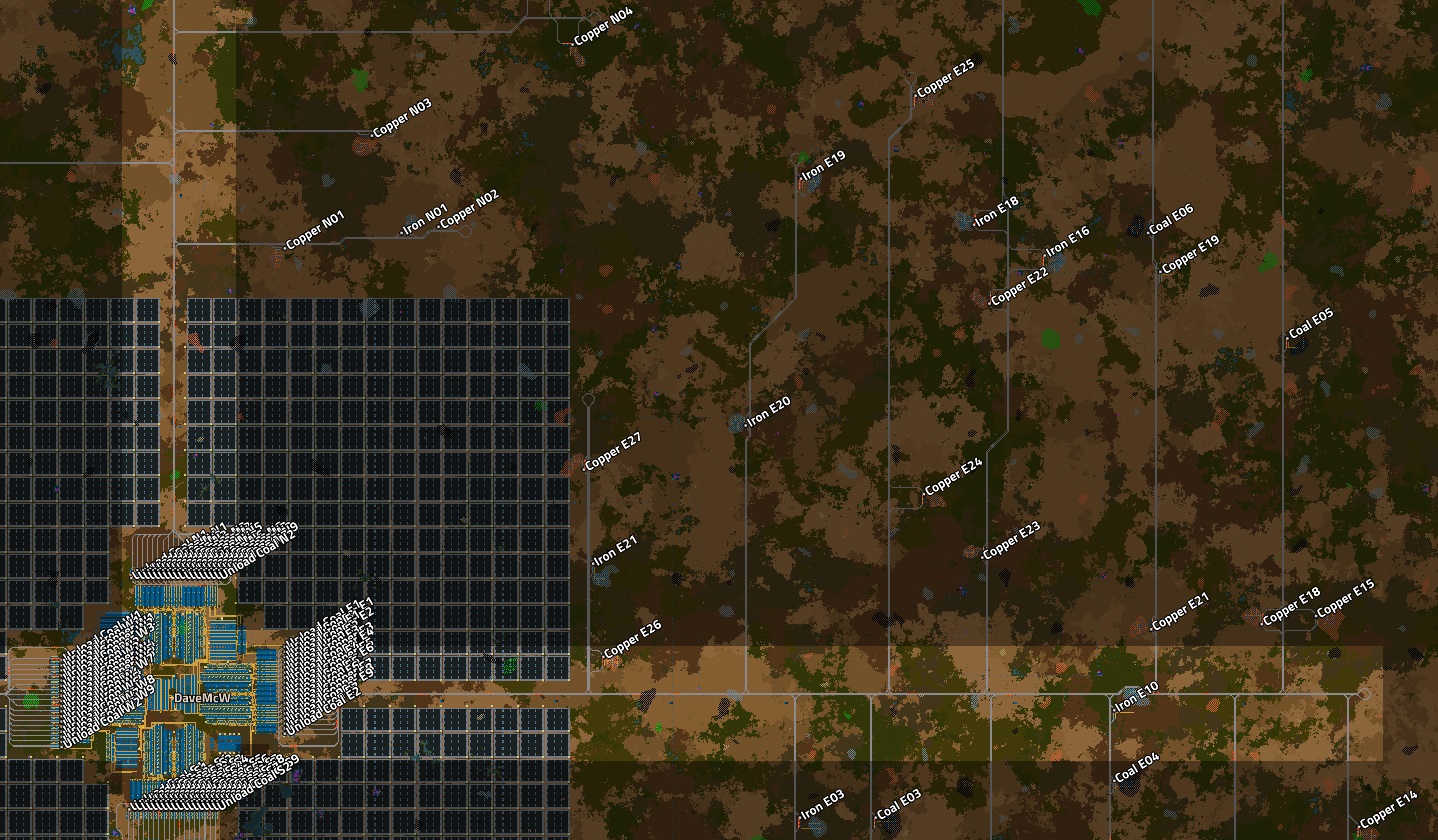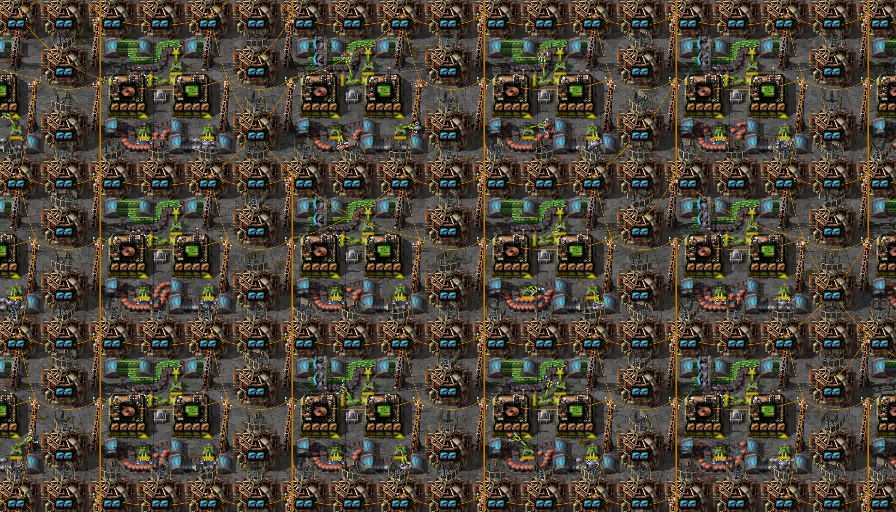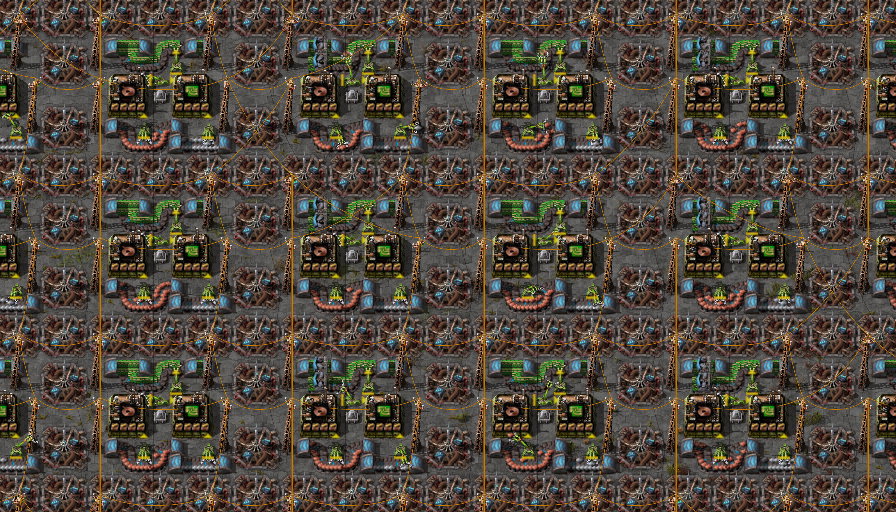Alt-F4 #X Title of this post 20-08-2020
traducido por Names of who translated this post [optional]
Tabla de contenidos
Welcome to this sample post, here we breafly describe how to use some advanced features of out templating configuration.
Using Media
You can use media by just importing it in a regular markdown fascion
- Images
- See using
image.htmlbelow
- See using
- YouTube
% include youtube.html id="28UzqVz1r24" %}
- Dailymotion
-
or
-
- Vimeo

- Spotify

- SoundCloud

- General Audio

- Embeding a countdown
% include countdown.html date="2021:01:01" %}-
let daysEl = document.querySelector(‘#countdown-2021-01-01 #days’); //document.getElementById(‘days’); let hoursEl = document.querySelector(‘#countdown-2021-01-01 #hours’); //document.getElementById(‘hours’); let minutesEl = document.querySelector(‘#countdown-2021-01-01 #minutes’); //document.getElementById(‘minutes’); let secondsEl = document.querySelector(‘#countdown-2021-01-01 #seconds’); //document.getElementById(‘seconds’);
let allEl = [daysEl, hoursEl, minutesEl, secondsEl];
let countdownDate = new Date(Date.UTC(…(‘2021:01:01’.split(‘:’).map((x, i) => parseInt(x) + (i === 1 ? -1 : 0))))); console.log(countdownDate);
let interval = setInterval(updateCountdown, 1000);
function updateCountdown() { let distance = countdownDate - Date.now();
if (distance < 0) { allEl.forEach((x) => { x.textContent = ‘’; }); countdownEl.classList.add(‘past’);
clearInterval(interval); return; }daysEl.textContent = Math.floor(distance / (1000 * 60 * 60 * 24)).toString().padStart(2, ‘0’); hoursEl.textContent = Math.floor((distance % (1000 * 60 * 60 * 24)) / (1000 * 60 * 60)).toString().padStart(2, ‘0’); minutesEl.textContent = Math.floor((distance % (1000 * 60 * 60)) / (1000 * 60)).toString().padStart(2, ‘0’); secondsEl.textContent = Math.floor((distance % (1000 * 60)) / 1000).toString().padStart(2, ‘0’); }
updateCountdown(); </script>
</p>
- Where
dateis the date in year:month:day:hour:minutes:seconds, UTC
Using image.html
Image only
Image embed parameters:
-
src- Link -
alt- Alt-text -
caption- Text below the image -
href- High resolution version on click -
src-mob- Link for mobile version -
width- Max width -
height- Max height
Example 1 - Caption + High res
% include image.html src='https://media.alt-f4.blog/ALTF4/13/base_new_map.jpg' alt='Map view of rail network, showing only an eighth of the outposts.' caption='Map view of rail network, showing just 27 of the 216 outposts.' href='https://media.alt-f4.blog/ALTF4/13/base_new_map.jpg' %}
Example 2 - Simpler mobile
% include image.html src='https://media.alt-f4.blog/ALTF4/13/base_new_map.jpg' alt='Map view of rail network, showing only an eighth of the outposts.' caption='Map view of rail network, showing just 27 of the 216 outposts.' src-mob='https://img.apmcdn.org/768cb350c59023919f564341090e3eea4970388c/normal/5034f3-20180309-rick-astley.jpg' %}


Example 3 - All the things!
% include image.html src='https://media.alt-f4.blog/ALTF4/13/base_new_map.jpg' alt='Map view of rail network, showing only an eighth of the outposts.' caption='Map view of rail network, showing just 27 of the 216 outposts.' href='https://media.alt-f4.blog/ALTF4/13/base_new_map.jpg' src-mob='https://img.apmcdn.org/768cb350c59023919f564341090e3eea4970388c/normal/5034f3-20180309-rick-astley.jpg' width='500px' %}
Compare Images
Using Math: MathJax Dr.MagPie
You can use MathJax to describe mathematical equasions and formulas. You can find full specification in MathJax Documentation but here are come samples
This code sample $ a * b = c ^ b $ will transform into thes formula
$ a * b = c ^ b $
You can go full in and make some like this
$$
\begin{aligned}
& \phi(x,y) = \phi \left(\sum_{i=1}^n x_ie_i, \sum_{j=1}^n y_je_j \right)
= \sum_{i=1}^n \sum_{j=1}^n x_i y_j \phi(e_i, e_j) = \
& (x_1, \ldots, x_n) \left( \begin{array}{ccc}
\phi(e_1, e_1) & \cdots & \phi(e_1, e_n) \
\vdots & \ddots & \vdots \
\phi(e_n, e_1) & \cdots & \phi(e_n, e_n)
\end{array} \right)
\left( \begin{array}{c}
y_1 \
\vdots \
y_n
\end{array} \right)
\end{aligned}
$$
Which will look like this
\[\begin{aligned} & \phi(x,y) = \phi \left(\sum_{i=1}^n x_ie_i, \sum_{j=1}^n y_je_j \right) = \sum_{i=1}^n \sum_{j=1}^n x_i y_j \phi(e_i, e_j) = \\ & (x_1, \ldots, x_n) \left( \begin{array}{ccc} \phi(e_1, e_1) & \cdots & \phi(e_1, e_n) \\ \vdots & \ddots & \vdots \\ \phi(e_n, e_1) & \cdots & \phi(e_n, e_n) \end{array} \right) \left( \begin{array}{c} y_1 \\ \vdots \\ y_n \end{array} \right) \end{aligned}\]You can preview your formulas here

